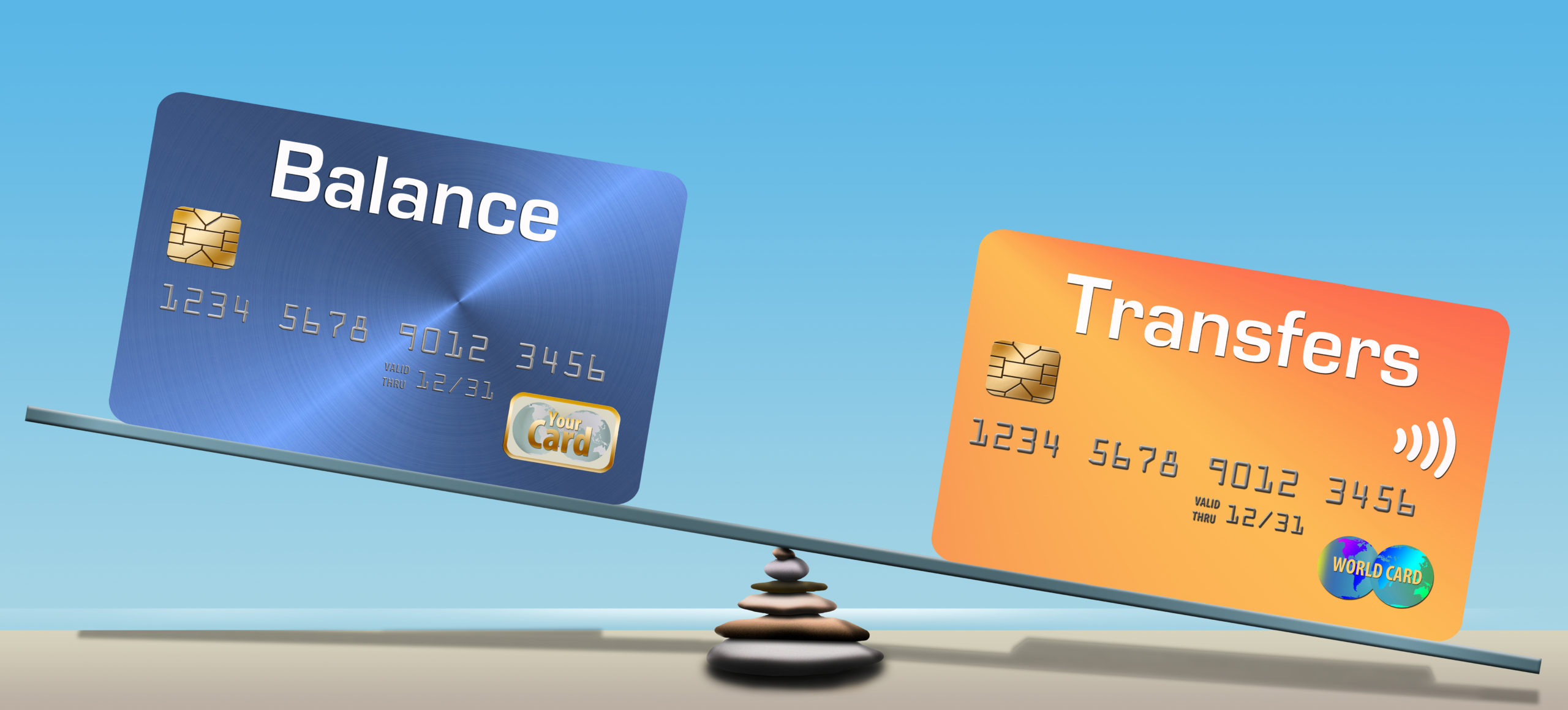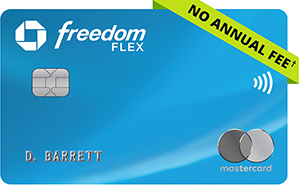Knowing when and how to utilize a Balance Transfer is an important lesson in any Basic Finance Toolkit. Unfortunately, many people continue to pay high-interest rates and remain in debt with no end in sight. A Balance Transfer Credit Card can immediately alleviate the pressure from a bank or lender by providing some breathing room from those High APR Rates. In this guide, I’ll break down what a Balance Transfer Is and Isn’t; as well as the top things to consider before opening a Balance Transfer Credit Card.
What is a Balance Transfer?
A Balance Transfer is an option to take outstanding debt and move it from one bank or lender to another. By doing so, the debt will no longer be accruing the high-interest fees which create the opportunity to pay down the balance. Most Balance Transfer Credit Cards come with a Promotional Offer for opening the new account. These offers vary from Bank to Bank and typically include a lower interest rate for a specific period of time. The Best Offers are the ones that include a 0% APR for the Maximum Number of Months.
Variations of Balance Transfer Options
There are many different options when it comes to Balance Transfer Credit Cards. Most options include a Transfer Fee, A New Interest Rate, and a Promotional Time Period.
Transfer Fee – These fees can vary from 0%-5% on average of the balance being transferred. The Fee is paid to the new bank and will be included in the new balance. For example, when transferring $10,000 with a 3% Fee, the new balance will now be $10,300. This is MUCH better than paying a 15-20% in Interest. Using the same example, at 20% APR interest for 12 months, the new balance could be around $12,000!
New Interest Rate – This Rate can vary from 0% and up! The best option is to find a 0% Interest Rate Balance Transfer Credit Card. This will provide the greatest opportunity to pay down outstanding debt.
Promotional Time Period – The Time Period can vary from 6 Months to 21 Months. Once the promotional time period ends, the interest rate will revert back to a standard high-interest rate. Notating the final day of the promotion will help create a timeline to pay down the outstanding debt.
How does a Balance Transfer Work?
After opening a New Balance Transfer Credit Card, the Bank or Lender will provide the funds to move the money into the new account. This is typically done by entering the account information where the current balance resides and then the new Bank transferring money over to the old Bank. Another option is to request a specified amount to be delivered via check to your home. With this option, the money can then be divided among multiple balances. If the second option is selected, it should go without saying that the money should only be used for the balance requested in order to alleviate the high-interest rates and get out of debt!
Top Balance Transfer Offers
You can check out our Top Options by clicking on the banner below.
A Balance Transfer is Not
The Balance Transfer IS NOT free money and should be used responsibly. By taking the money and not using it for the original balance requested, a person will now owe double the money! This would only increase the time it will take to become debt-free.
Penalty for Missed Payment
A Balance Transfer WILL NOT benefit someone if they miss a payment with the new bank. Most Banks will Cancel a Promotional 0% APR if a payment is late or missed. If this happens, the new balance will now begin accruing interest at the higher APR Rate. Be sure to set the account on Autopay and create an alarm to double-check that the payment will go through on time every month.
Basic Breakdown
A Balance Transfer Credit Card is a fantastic strategy to get out of debt. By opening a New Account, a Credit Score Will Increase due to lowering the overall credit utilization and making on-time payments with the new balance. If there is outstanding debt accruing interest from a high APR; completing a Balance Transfer will save money in the long run and is a smart financial decision. This will positively impact a Credit Score which can then provide the opportunity to earn more lucrative signup bonuses from Premium Credit Cards and qualify for lower interest rates on a Mortgage or Auto loan. I hope that this guide was informative and provided the catalyst to begin the steps towards regaining financial independence!
Please Reach Out To Us if you have any questions about Balance Transfers, The Current Top Offers, or Support in Rebuilding a Credit Score.




